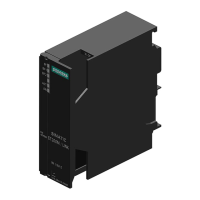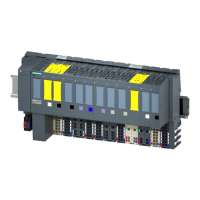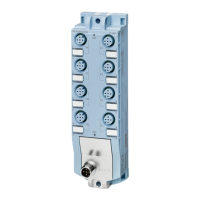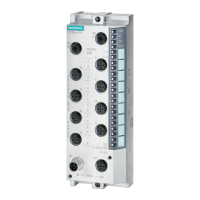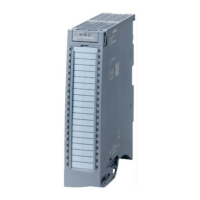1STEP 5V/204kHz
2.5 Fundamentals of Positioning
ET 200S Positioning
Operating Instructions, 05/2007, A5E00124871-04
27
Maximum Frequency/Velocity of the Axis F
max
When you choose a stepping motor, remember the following:
The maximum frequency/velocity is determined by your application. At this frequency, the
motor must reach a torque high enough to move its load.
Note this does not mean the highest possible frequency that the motor or the power unit can
tolerate.
You can work out the maximum frequency F
max
with the corresponding characteristic curve.
I
)
7RUTXH
/RDGWRUTXH
)
PD[
RIWKHPRWRU
PD[
Figure 2-4 Torque Characteristic Curve of a Stepping Motor
Output Frequency/Velocity (F
a
)
The output frequency can be set differently for each run.
When you select the output frequency, take the minimum pulse duration of your power unit
into consideration (see the following table).
If the selected output frequency is lower than the set start-stop frequency F
ss
, the
1STEP 5V/204kHz output frequency is set to the start-stop frequency F
ss
.
F
a
must always be smaller than F
max
.
Setting of the Output Frequency/Velocity (F
a
)
The 1STEP 5V/204kHz permits the output frequency F
a
to be set in steps. To do this, select
the multiplier G between 1 and 255, which is multiplied with the base frequency F
b
. You can
lower the output frequency F
a
again with the reduction factor R (1 or 0.1) in the positioning
job.
F
a
= F
b *
G
*
R Min. Fa Max. Fa
Reduction factor R=1 4 Hz 204 kHz
Reduction factor R=0.1 0.4 Hz 20.4 kHz

